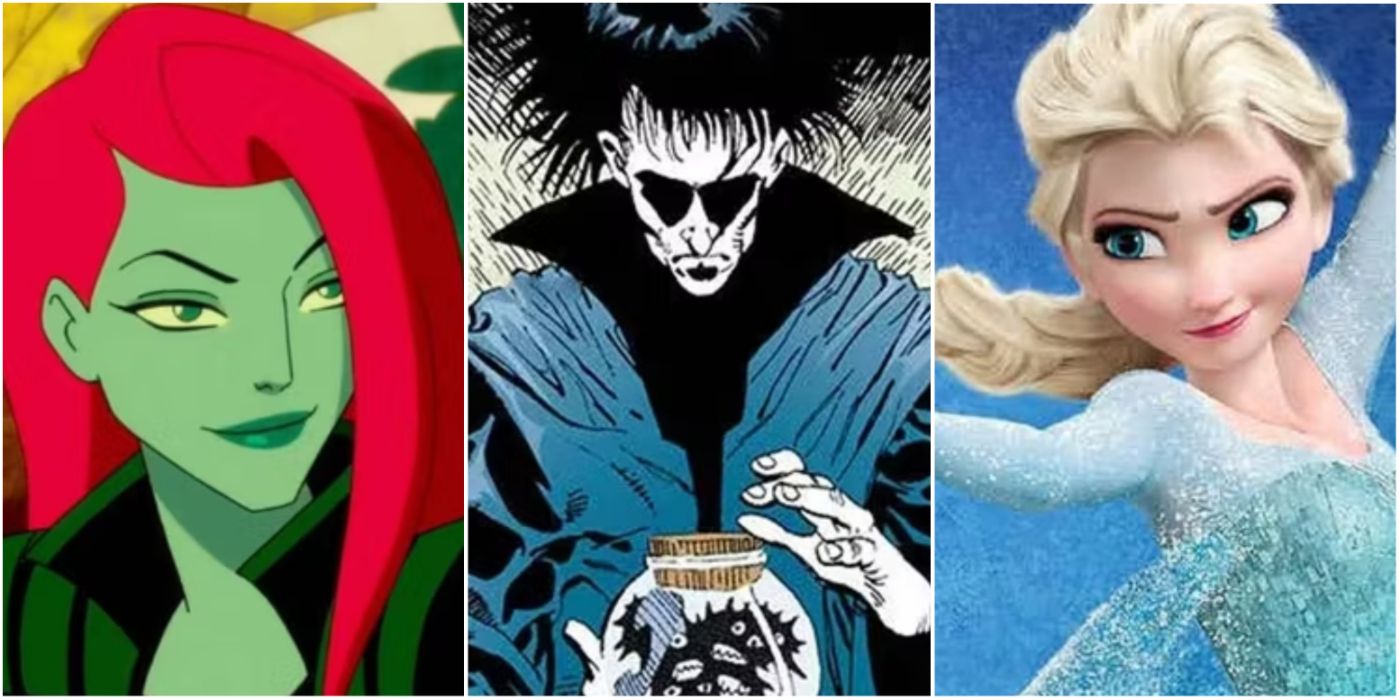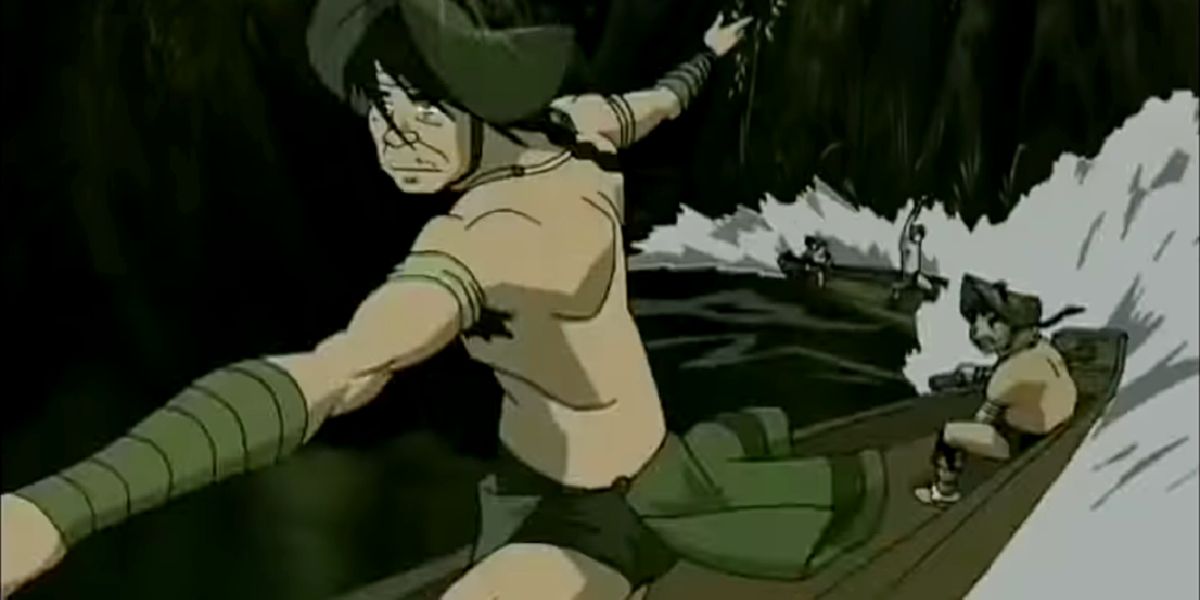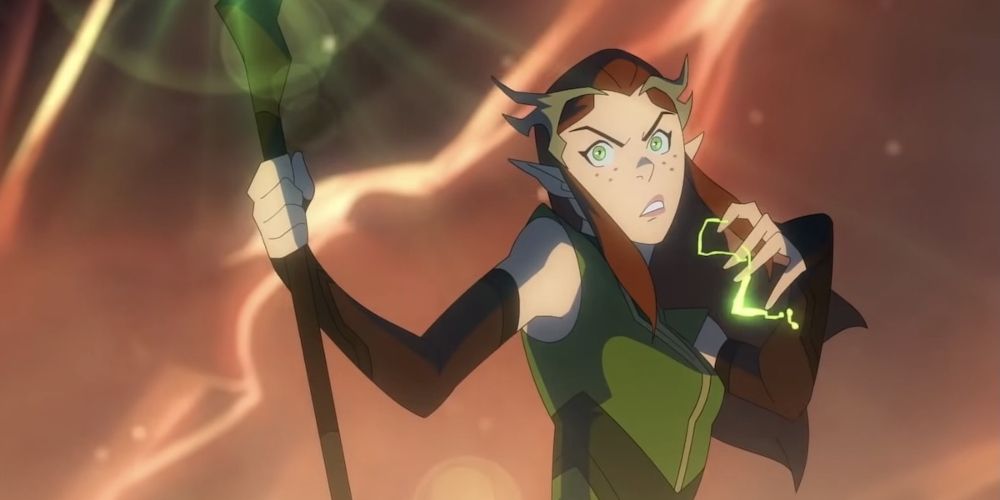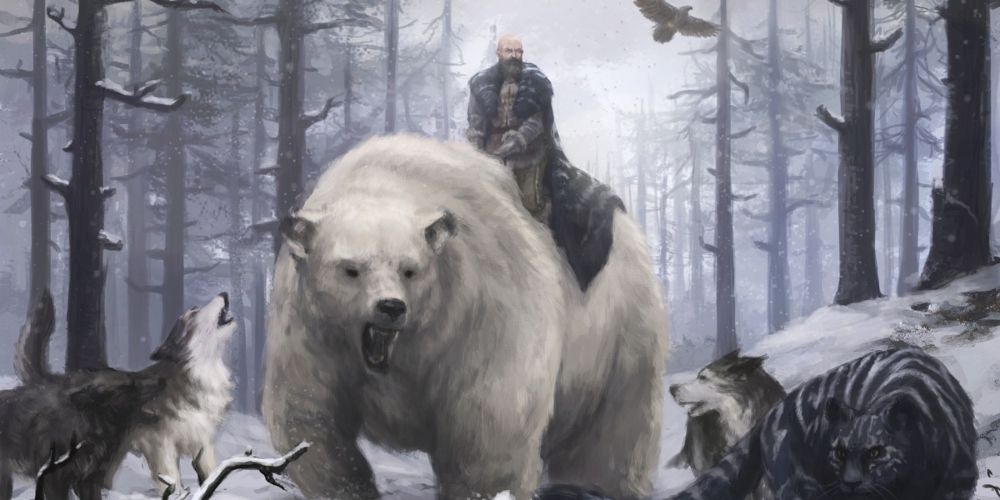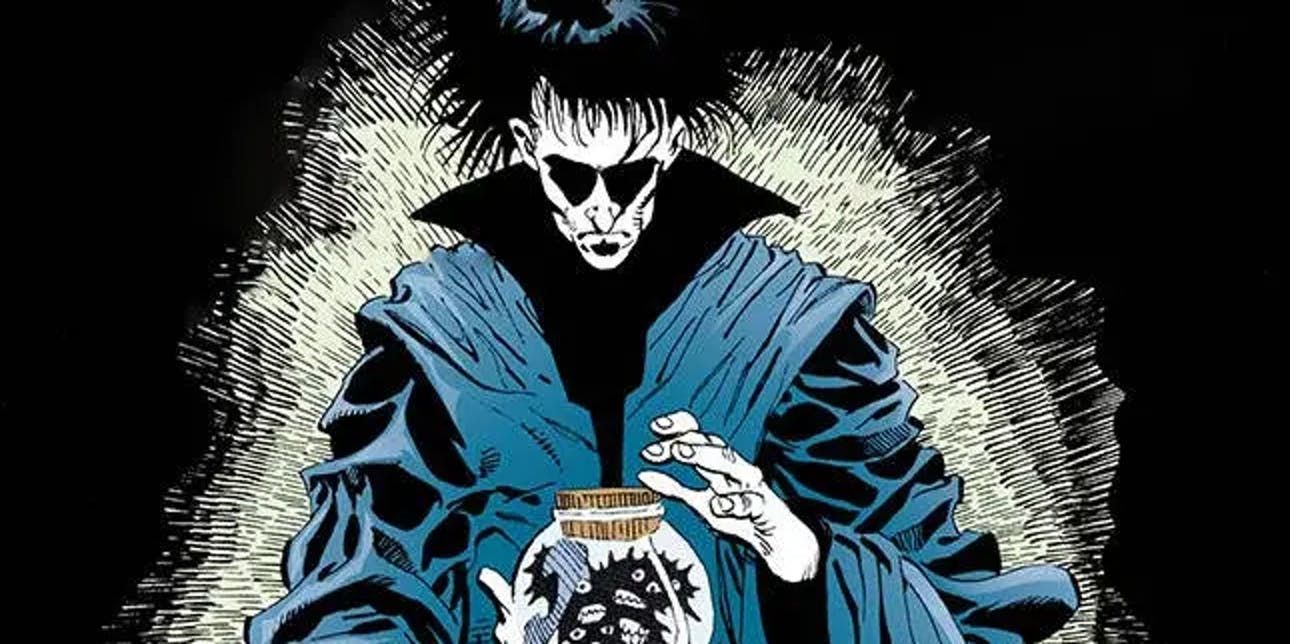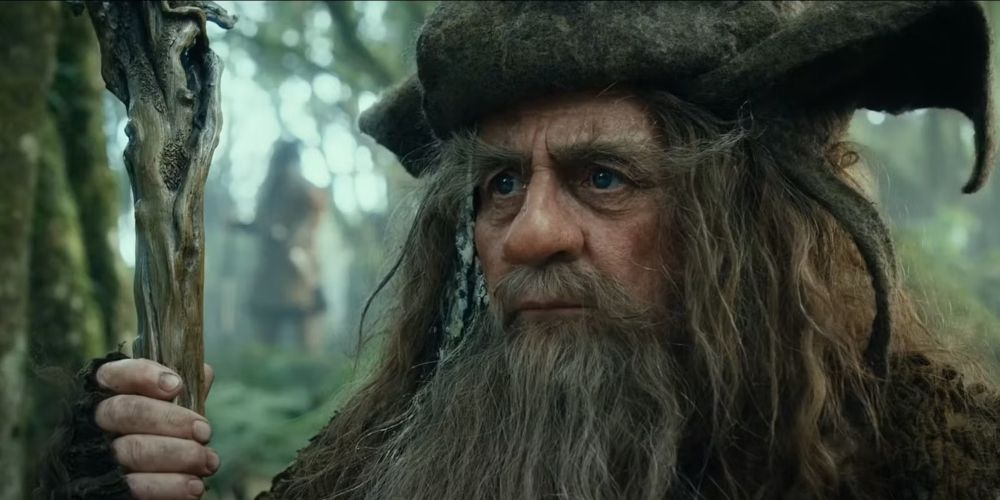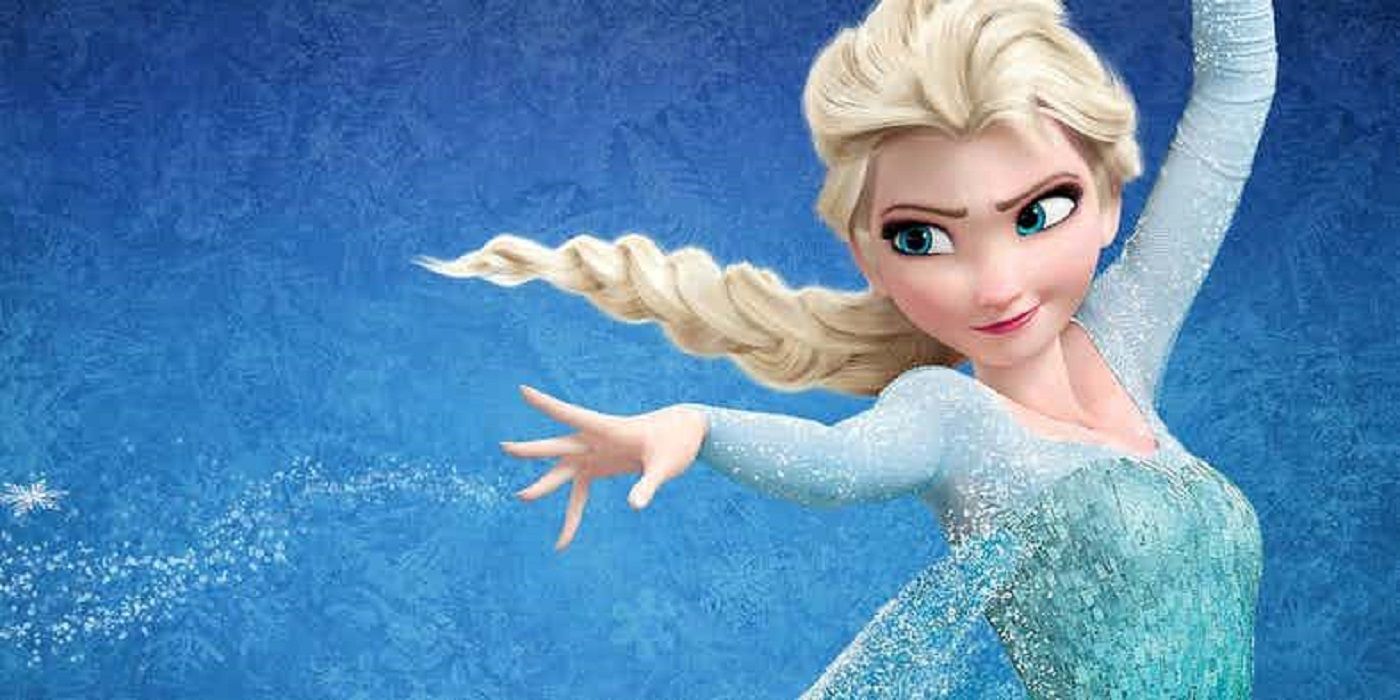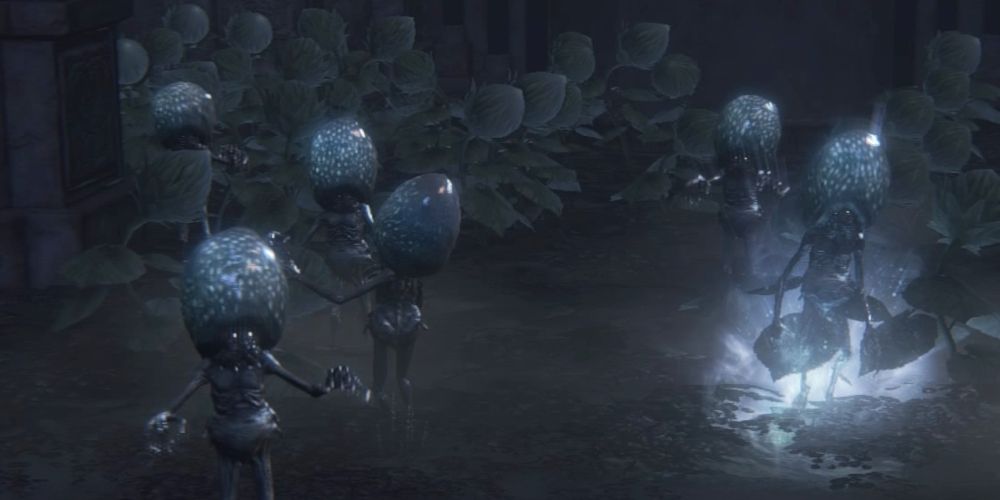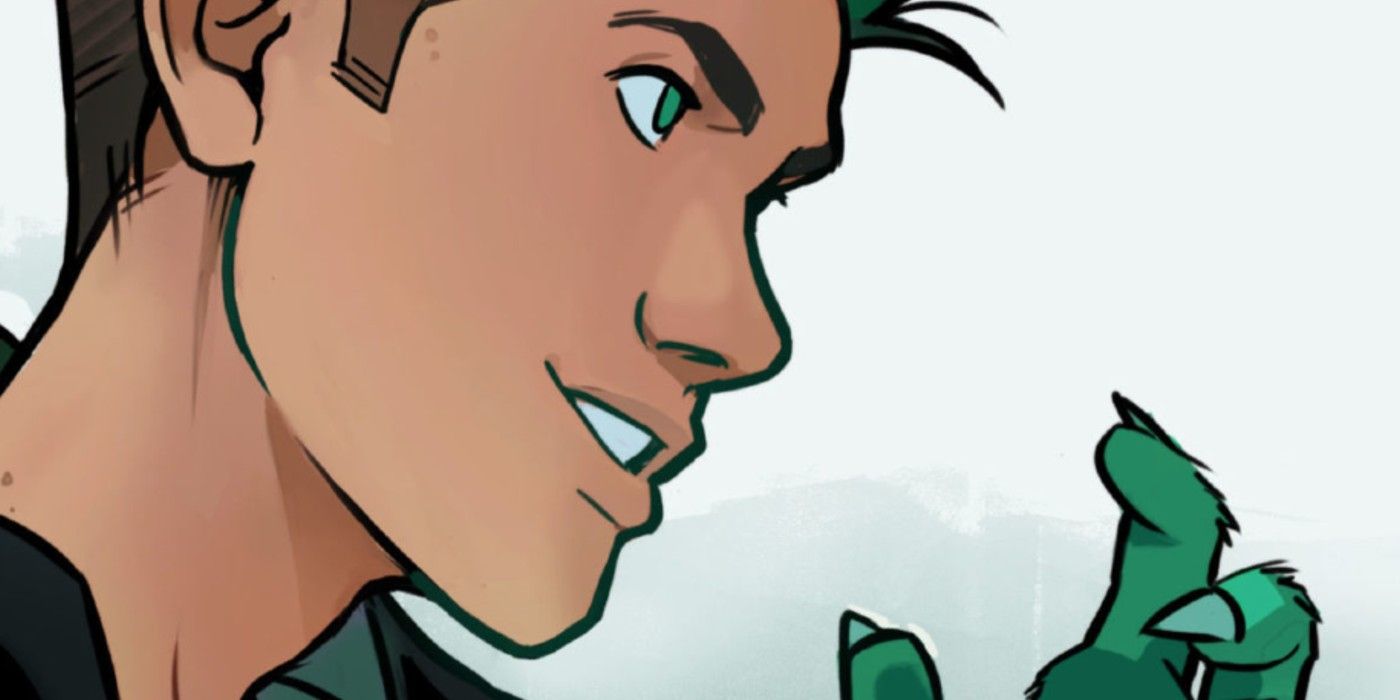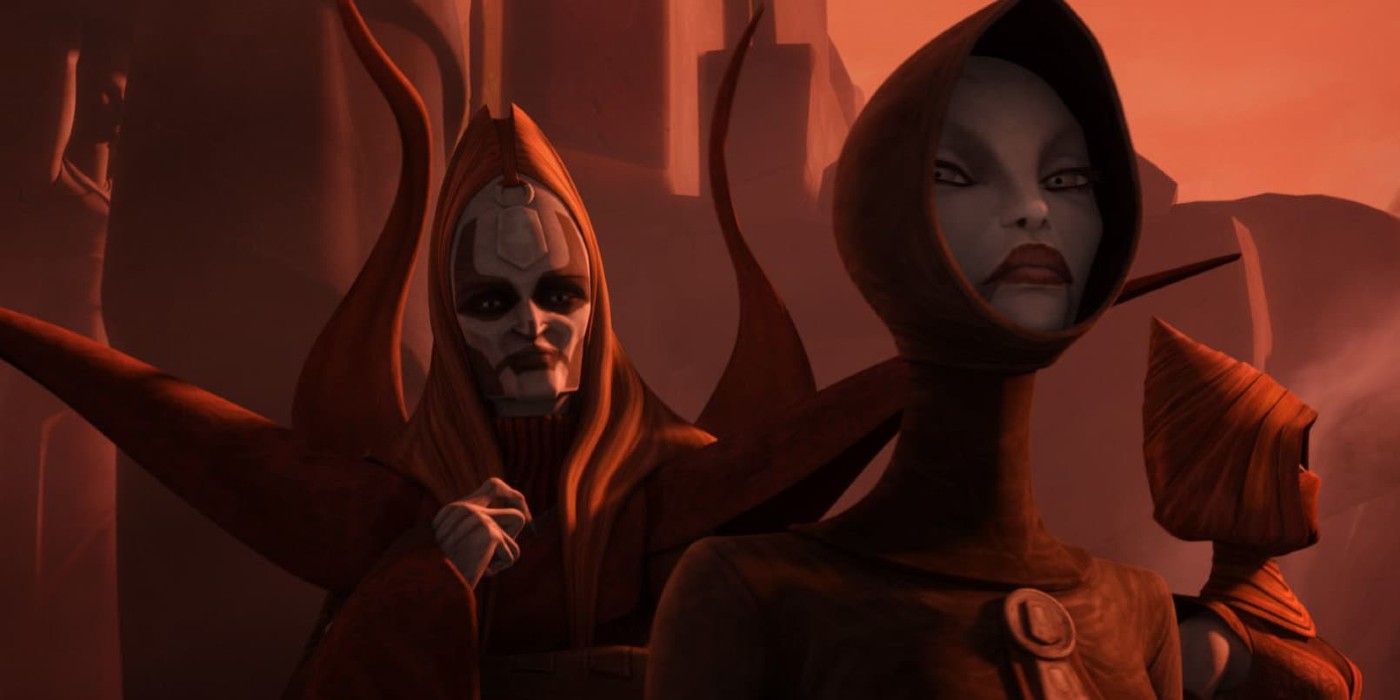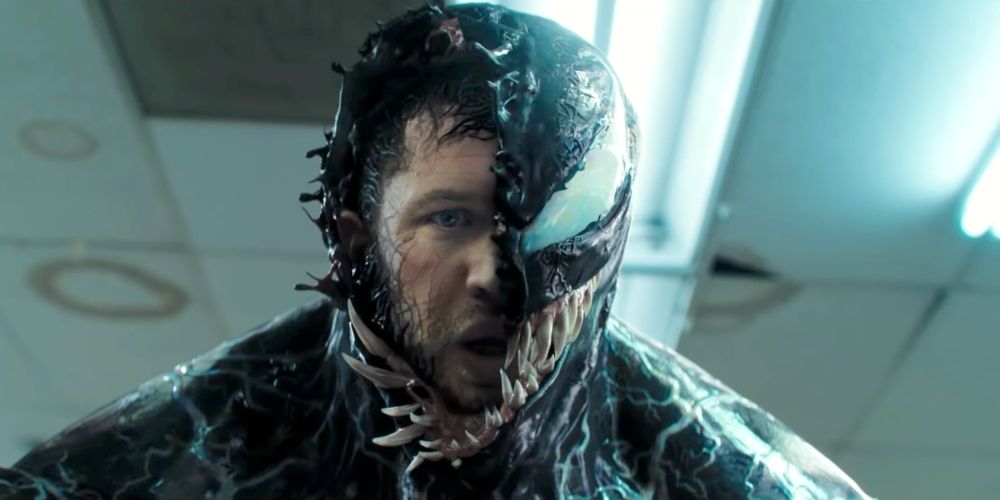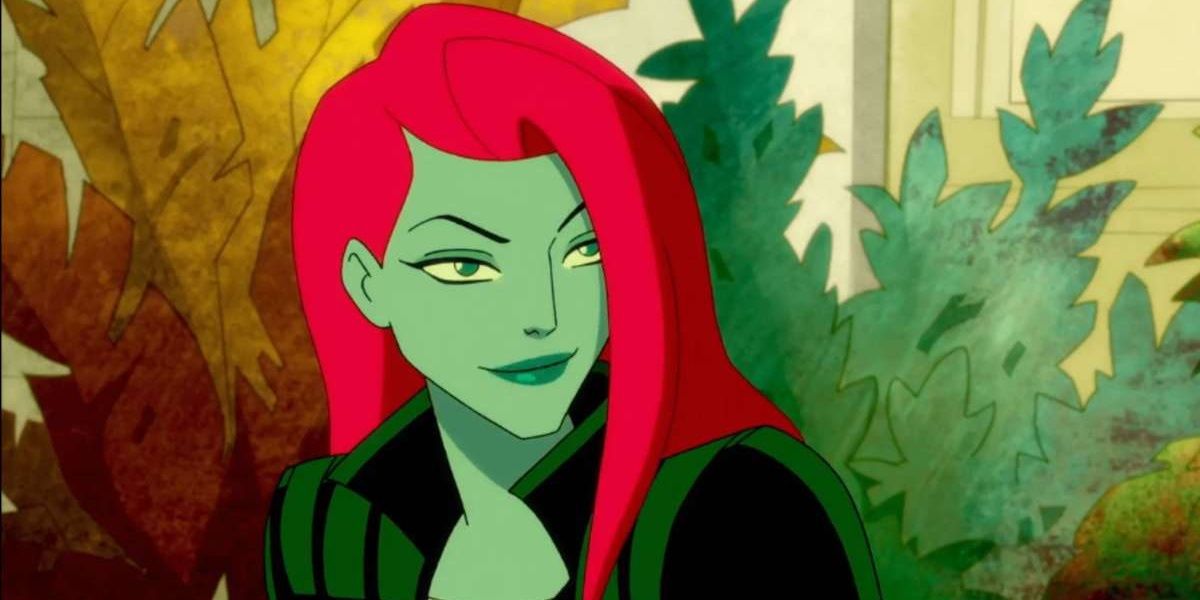In Dungeons & Dragons, druids are an accomplished spellcasting class who draw on aspects of nature in their adventuring. Making use of spells based on plants, animals, and elements, they represent the power of the natural world and the old faith, embodying a different kind of divine magic from that of clerics and paladins.
The stereotype of the druid is a hermit spellcaster who prefers the company of animals and scorns civilized society, sometimes with "hippie" concepts added for comedic value. However, the class can be as varied in its inspirations as any other, and there's no need to play any two druids alike.
Updated 17th August, by Isaac Williams: Fiction is full of inspiration for almost any character, with far more characters than can be put into a list like this out there to inspire druids. Nonetheless, some more have been added to this article to better reflect the sheer range and versatility of the druid class, from leaning into its classic tropes to doing something entirely different.
12 Jean Grey's Phoenix Force Is A Dead Ringer For The Wildlife Druid
One of the newest druid subclasses, introduced in Tasha's Cauldron of Everything, is the Circle of Wildfire. Unlike the more peaceful, harmonious nature of the other druid circles, the Circle of Wildfire represents the destructive and purging force of fire in nature, clearing the area so that other things may grow to fill it.
A character with a similar fire motif is Jean Grey from X-Men comics, particularly in her relationship with the Phoenix Force. Although infamous for its destructive potential, the Phoenix Force's mandate is to destroy and allow for regrowth to avoid life stagnating. Jean Grey's complex relationship with the Phoenix can serve as excellent inspiration for a druid's feelings about their own terrible power.
11 The Swamp Benders Are Plant-Wielding Guardians
The Circle of the Land subclass is regarded by some as one of the more boring druid subclasses. It is presented as the 'default' option and has a simple focus on the druid's spellcasting as opposed to the animal transformations of the Circle of the Moon, the rot symbiosis of the Circle of Spores, or the destruction of the Circle of Widlfire.
However, the Circle of Land is actually quite powerful thanks to its expanded spell lists, including some options other druids can't normally use. Its surprising versatility and relationship with a specific biome resembles the Swamp Benders from Avatar: The Last Airbender, a unique group of Water Benders who catch outsiders off-guard with their unexpected manipulation of plants and their fierce defense of their swamps.
10 Keyleth Of The Air Ashari Shows The Power Of Classic Tropes
Many people want to set their D&D character apart from the archetypal aspects of their class, to create something more unique. However, classics are classics for a reason, and some players may well enjoy leaning into the tropes and even the cliches of their class. For those players, Keyleth of the Air Ashari from Critical Role is a good place to start.
Keyleyth is far from the most revolutionary character. She's a socially-awkward druid on a quest to keep the world's elemental forces in check who often transforms into animal or elemental shapes. However, she shows how compelling a character one can make by emphasizing the archetypal parts of the class - particularly with the more refined version of her shown in The Legend of Vox Machina.
9 Varamyr Sixskins Shows The Darker Side Of Shapeshifting
Most Dungeons & Dragons player characters are broadly heroic, questing for the good of the world and acting like the protagonists of fantasy fiction. However, some parties contain morally conflicted or evil members, and sometimes campaigns can be played with entirely evil parties. For such characters, it can be hard to find inspiration.
Varmyr Sixskins from A Song of Ice and Fire, however, rings true for an evil druid. He is a warg who inhabits other animals rather than transforming into them, but the storytelling effect can be the same. He is a loathsome figure who uses his animal shapes for power and a lack of accountability, lording his might over everyone else. An evil druid could well take inspiration from his villainy.
8 Morpheus Proves Some Good Story Hooks
Morpheus, also known as Dream, is one of the principal characters of Neil Gaiman's The Sandman comic book series and now television show. Despite not seeming to have much in common with the druid, he can serve as a surprising source of inspiration, particularly for the Circle of Dreams. Even aside from the thematic similarities, his very premise provides some useful hooks.
At the beginning of The Sandman, Morpheus has been a prisoner for seventy years, and is both vengeful about his captivity and detached from the living people he has to interact with. The Circle of Dreams has a heavy tie to the fey. D&D fey are exactly the kind of creatures that might imprison a character for decades, and isolation in the Feywild may leave a character ill-equipped to interact with other mortals.
7 Radagast Joins The Fight To Help Nature
A common problem with D&D characters can be giving them the right motivations to join the party, and then stay with them. This can be particularly true for classes like the druid, who are assumed to care about certain issues more than whatever evil is threatening the party. However, a good guide for getting such a character involved is Radagast the Brown from The Hobbit movies.
After having an incredibly minimal role in the Lord of the Rings books, Radagast's role is expanded in the films. He becomes involved in the plot when Sauron's activities in Dol Guldur affect the local wildlife, despite not ordinarily being the sort to involve himself in high affairs of magic and men. Even the most antisocial of druids could find a similar reason to work with the party, as long as the player talks it through with the DM.
6 Elsa Is A Prominent Elemental Hero
The Circle of Land has many variations, including the ice-themed arctic biome version. Unlike the more subtle or varied spell lists of other biomes, the arctic druid's spells tend to be straightforward and to the point: using cold and ice magic to gain an edge in combat. This gives them a close similarity to Elsa, from Disney's Frozen.
However, the inspiration can go deeper than just using similar abilities. A major part of Elsa's character is her dislike of her powers, and her fear that they're only harmful. A more gentle druid with a combat-focused spell list could suffer from similar doubts until they manage to overcome them at some point in their journey.
5 Bloodborne's Choir Provide An Unusual Look At Druids
Typically, the druid is assumed to be an anti-establishment, lone wolf figure who exists within nature as an equal. However, there is nothing forcing a player to lean into this with a druid. It's entirely valid to build the character with a high Intelligence stat and to play them as a scholar studying their circle.
A particularly dark look at a scholarly Circle of the Stars druid can come from the villainous Choir in Bloodborne. The Choir is made up of scholars and priests obsessed with stars and the creatures who live within them, and their interactions with the stars lead them to become monsters. A player's druid doesn't have to go that far but could inspire a sense of detached, amoral study of their chosen circle.
4 Beast Boy Is An Archetypal Animal Shapeshifter
One of the most iconic features of the D&D druid is their Wild Shape, the ability to take on the form of an animal for a time. This is a common ability throughout all fiction, but one of the most versatile and prominent heroes to make use of it is Beast Boy, from Teen Titans and Doom Patrol.
Even aside from the similarities in abilities, Beast Boy makes good inspiration because of how varied he can be. From comedic and light-hearted versions in shows like Teen Titans Go!, darker versions in media like Doom Patrol or the Titans live-action series, or balanced depictions like in Teen Titans, Beast Boy can serve as a source of inspiration for almost any tone of campaign.
3 The Nightsisters Act Like Very Dark Druids
The Nightsisters of Star Wars: The Clone Wars, also known as the Witches of Dathomir, have a surprising amount in common with D&D druids, despite their villainous nature. They explicitly draw their power and their connection to the Force from their connection with their planet Dathomir, a planet bathed in the Dark Side.
Druids can actually draw their powers from similarly dark places. The Circle of the Land has access to an Underdark biome, from the infamous realm beneath the ground inhabited by all manner of horrors. It can be hard to find characters who draw their power from evil locations in much fiction, so the Nightsisters are a welcome source of inspiration for such a character.
2 Venom Is An Unconventional Circle Of Spores Druid
While most D&D druid subclasses tap into the bright, beautiful side of nature, the Circle of Spores druid goes the opposite route. It deals with the powers of mold and rot, with the druid having control over a colony of spores that they can use in their spellcasting and in combat. It can be challenging to find inspiration for such a character, but the titular character of Venom suffices surprisingly well.
Venom and Eddie Brock have a symbiotic relationship that they make use of in combat, much as a Circle of Spores druid does with their mold. Many of Venom's abilities can be replicated with reflavored versions of druid spells such as Thorn Whip, and many other details can be worked out between a player and their DM to replicate the feel of the character.
1 Poison Ivy Is An Archetypal Eco-Warrior
One of the stereotypes around druids is that they care far more for the environment than for other humanoids, being far more comfortable around and protective of nature. While characters can be built to avoid such stereotypes, it can also be fun to lean into them. When it comes to the stereotypical druid, there are few characters with more similarities than Poison Ivy.
A plant-based villain who punishes those who harm the environment, Poison Ivy's plant-controlling abilities can be replicated with a number of druid spells. Characters could lean into more sympathetic depictions of the character, such as in Harley Quinn or Arkham Knight; or work alongside their party to make a more villainous version of the character work.

